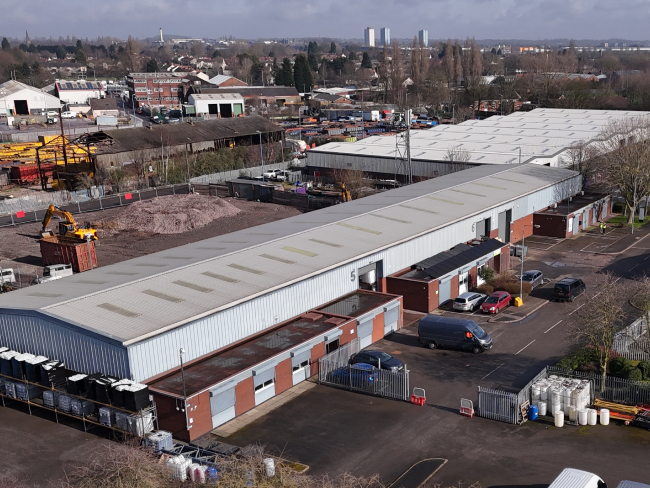The greenest buildings already exist

The COP26 summit in Glasgow has helped to focus the minds of governments, businesses and individuals on tackling the climate crisis. The conference has given rise to pledges to reduce carbon emissions at an international, governmental and corporate level, including from property companies.
Over the past decade, the property industry has rightly started to prioritise reducing its carbon footprint and improving its sustainability credentials. There is now a well-established framework of measurement that has been built up around it, including BREEAM certificates and EPCs, with net zero targets being the ultimate aim.
However, perhaps the certification system is becoming counterproductive. The way real estate measures environmental impact has led to a situation where new developments are more highly prized than improvements to existing stock. It is now the case that complete redevelopment wins out, overlooking the current built environment – and the embodied carbon and energy savings involved with refurbishing existing building.
This is a serious oversight. It is leading to unnecessary carbon emissions when the default option seems to be to knock down and start again. Without a framework of ESG ratings and a planning system that takes a more nuanced approach, investors will not be incentivised to repurpose existing stock.
The greenest building is surely that which already exists – and more can be done to help rebalance the industry’s approach to carbon emissions.
It is clear that refurbishment rather than redevelopment cuts back on carbon emissions associated with new constructions, including new materials and transport. It is expensive to recycle materials from a building that has been demolished, which disincentivises developers to do so. These materials therefore end up in landfill, with virgin materials entailing a new carbon footprint delivered to site. The refurbishment route therefore helps to save both time and costs, particularly at a time when the supply chain is experiencing significant disruption.
Alongside these benefits, there is also a significant amount of work that can be done to improve the carbon footprint of a building. For example, installing solar panels, introducing better insulation, and refurbishing or replacing a building’s M&E can all add up to a significantly reduced carbon output.
There are also assets that can’t be knocked down, particularly those that are Listed. Investors and developers should therefore be rewarded for improving the credentials of these older buildings and be able to achieve as high an environmental rating as a new build taking into account the age of the property.
Alongside these practical steps, the planning and certification systems both urgently need reform. Steps have already been made with regard to change of use in the planning system, but more can be done to facilitate this. Reform that allows change of use from offices to residential, offices to laboratories and retail to offices beyond the current Permitted Development rules would help developers transition existing structures to a different use and minimise emissions in the process.
The current system of sustainability rewards also needs to change, to take into account the embodied carbon. There is currently no metric that allows a like-for-like comparison with uprated carbon, which is a further disincentive to refurbishment.
Without a reappraisal of sustainability in real estate, the industry risks falling behind on its net zero targets. This should start with recognition of the importance of embodied carbon in the existing built environment, with a system that reflects the nuances of the market.
Dominic Moore, ESG Director and Siân Stephens, Sustainability Senior Associate, at Clearbell Capital LLP
Other articles.
Let's discuss how we can help you.
Interested in discussing new ventures or current investment opportunities?



